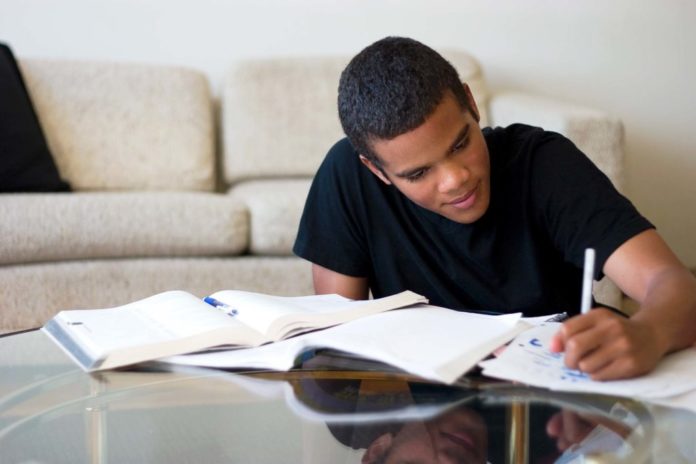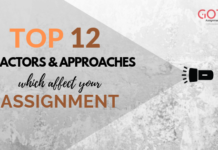Got stuck in poetic devices? Want to know more about it? Then this blog will help you in more details about poetic devices. Here our assignment help online experts tell you the secrets of poems with poetic examples.
Definition of Poetic Device?
Poetic devices are basically a form of literary device that is used in poetry. A poem is mainly formed with the help of poetic devices composed of grammatical, rhythmic, structural, verbal and visual elements. It is no doubt an essential tool that poets use to create rhythm, intensify the meaning of poems or intensify a mood or feeling.
Types of Poetic Devices Used in Poems:
In poems mainly 10 poetic devices are used and here we will know about those 10 most important devices, i.e.
- Refrain: it is a verse, a line of verse or set of lines appears at the end of stanza. In a simpler sense, refrain includes the repetition of phrase, line or group of lines used at a particular interval throughout the poems. It is generally used at the end of the stanza. For example: in Dylan Thomas’ poem ‘Do Not Go Gentle Into That Good Night’ is repeated at a particular interval. In this poem the usage of refrain makes the poem catchy and easy to remember for the readers.
- Rhyme: it is also called rime. It is generally used by writers to produce such sounds that are appealing to the readers besides it will unify and build a poem’s stanza form too. In simple sense, the congruence of two or more words with similar sounding final syllables is placed so as to echo one another. For example: Blake’s well known ‘Tyger”: “Tyger, tiger burning bright, / In the forest of the night.”
- Alliteration: Alliteration: it indicates the repetition of consonant sounds at the beginning of words or in the stressed syllables. Most of the cases the repetition of initial vowel sounds are also referred to as alliteration. For example: “Peter Porter picked a peck of pickled peppers”, “Those lazy lizards are lying like lumps in the leaves.”
- Metaphor: the writer uses this poetic device to compare one thing with another. A well known example of metaphor is “Juliet is the Sun” mentioned by Romeo in Shakespeare’s well known drama Romeo and Juliet.
- Assonance: it indicates the repetition of vowel or diphthong sounds in one or more words found closed together. For example: one of the most cited assonance is William Wordsworth’s renowned poem “I Wandered Lonely as a Cloud” published in 1804.
- Similes: it is considered to be the most common poetic device. In similes the subject of the poem is described by comparing it to another object or subject by using ‘like’, ‘as’ etc. Example: As cold as ice. For example: if we say “as busy as a bee” it means that that person is working very hard as bees are known for being extremely busy. Or as cute as a kitten, as hot as hell etc.
- Onomatopoeia: it is such a word that sounds like what it refers to. Here, the combination of letters sounds in the word imitates the natural sounds of that action or object. Many languages are present with onomatopoeic words – i.e. every animal sounds from bow, wow to moo is a form of onomatopoeia as is the ding-dong of a doorbell, tick-tock of a clock etc.
- Hyperbole: it is such a figurative speech that gives an intentional exaggeration for emphasis or comic effect. This poetic device is very common in romantic poetry, in which the lovers express their admiration for their beloved. The most common example of hyperbole is ‘It’s raining cats and dogs.’ ‘I am so hungry I could eat a horse.’
- Personification: personification is one of the well known poetic devices where plants, animals, and sometimes inanimate objects too are treated as human beings – indicating a poem full of imagery and description. We find a well known example of personification in Denise Rodger’s poem If Dogs Could Talk where he expresses his view that if dogs could have joined in our conversation.
- Attitude: it is another important part of literary device which refers to the tone of a poet or writer that takes on whatever they are writing. It can be expressed through the character’s intentions, emotions, actions etc. Here the designs of the story, languages and atmosphere or mood of the poems are written according to the writers’ attitude and it is interpreted by the readers accordingly.
Conclusion: After reading the whole blog I hope you will come to know about poetic devices and how these devices help to make a successful poem. While applying these devices in your own writing, if you feel any kind of trouble regarding this, you may ask our essay writing India experts, they are always ready to help you. If you want to know more about us, log on to our official website and check the necessary details of hiring them.




 Login
Login 







